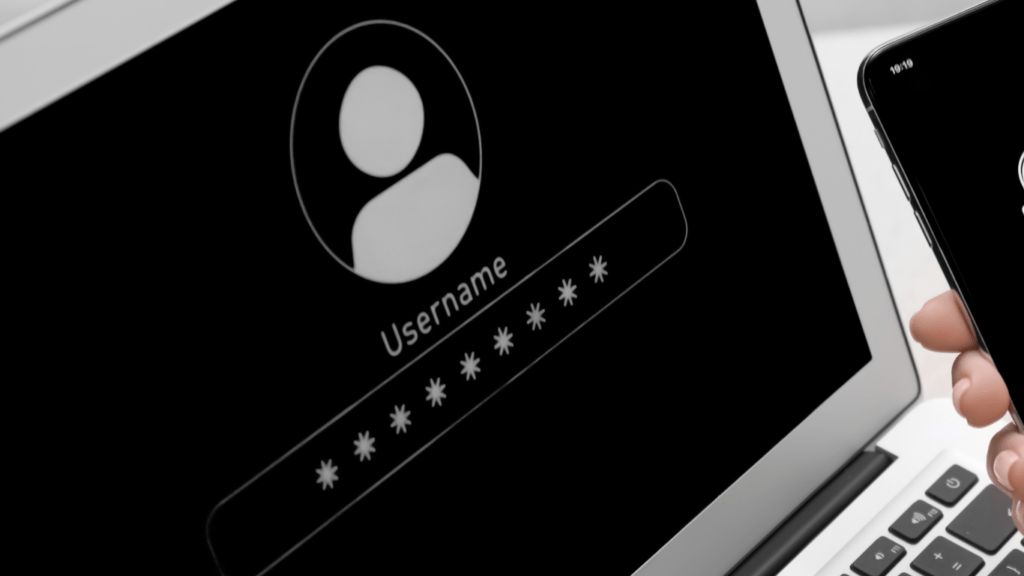What Is 2085145365 and Why It Matters
At first glance, “2085145365” seems like a string of random digits. But in practice, numbers like these are used by different systems—banks, logistics companies, tech platforms, even government databases—to keep information indexed and trackable.
Think of it as a key. Without context, it doesn’t unlock much. But give it the right database or interface, and suddenly it represents a package, a user ID, or even a financial transaction.
If you’re staring at 2085145365 wondering why it showed up in an email, on a receipt, or as a caller ID, you’re not alone. Plenty of people run into singleline numerical identifiers and have no idea what to do next.
Use Cases for Identifiers Like 2085145365
You’ve probably seen this kind of number stamped on:
Order confirmations Support tickets Shipment tracking forms Automated messages Bank statements Caller IDs
Each use case has its own layer. For example:
Shipping and logistics: Services like UPS or FedEx use long digit strings to track packages from departure to delivery. If 2085145365 belongs in that category, entering it into the shipper’s site might pull up the exact route and delivery timeline.
Banking and finance: Banks assign numerical references to wire transfers, checks, and electronic transfers. That number might help verify a transaction date, amount, or destination.
Tech platforms: Google, Amazon, or other service providers could use numbers like this for case IDs, billing references, or device tracking.
Red Flags and Legit Checks
If you’re checking out a number like 2085145365 and debating whether it’s legit, slow down. Here’s a checklist:
Does it come with context? A random number in your texts without explanation probably isn’t trustworthy right away. Can you verify the sender or source? Doublecheck against platforms that typically use numberbased identifiers. Email confirmation? Match up the domain. Look it up—or don’t. Googling number strings sometimes connects you to forums or threads where others have asked about the same number. Just be cautious. Don’t enter personal info on unknown websites just because a number looked familiar.
When a Phone Number Looks Like 2085145365
Depending on how you found the number, 2085145365 might be formatted as a 10digit U.S. phone number. That area code (208) points to Idaho, but again, context matters. If you got a call from this number and didn’t answer, a reverse lookup might show if it belongs to a legit business or is flagged as spam or robocall.
Simple steps:
- Google the number with the phrase “who called me.”
- Use sites like Whitepages, Truecaller, or Nomorobo.
- If it belongs to a business, the name usually pops up.
Still unsure? Call the official number of the company and ask if they contacted you. Don’t return the call directly unless you’re sure who’s on the other side.
Protecting Yourself From Unwanted Contact
Let’s say 2085145365 showed up on your phone as a missed call or text. Here’s a quick strategy to stay protected:
Block the number if you suspect spam or phishing. Report spam texts to your carrier (forward them to 7726). Don’t click links from unknown texts referencing this number. Use 2factor authentication whenever possible to avoid unauthorized access to your accounts.
If the number is used in phishing or scam attempts, blocking and reporting is nonnegotiable. The FCC and FTC have tools for reporting suspicious messages or calls. Don’t ignore the red flags.
Search Smarter, Not Harder
Sometimes running a web search for a number like 2085145365 sends you down rabbit holes full of mixed info—people asking the same questions or speculative posts with no hard answers.
So streamline:
Use a reputable reverse phone lookup tool for numberbased queries. Search within forums specific to what you’re dealing with (e.g., Reddit, Stack Overflow, shipping forums). Crosscheck your email, messages, or app notifications to find context.
Numbers aren’t random when they show up unsolicited. Often, they’re tied to something that happened: a signup, delivery, missed call, or purchase. Trust your instincts, but back them up with real information.
Final Thoughts
No one wakes up psyched to track down a number like 2085145365—but it happens more than you’d think. Whether it leads to a useful breadcrumb or turns out to be junk, knowing where and how to look can save you time and frustration.
Start with a simple rule: If it looks out of place, get context first. A number by itself doesn’t prove much. But matched with a little logic and crosschecking? It can crack open the door to shipping, call logs, or payment history.
Handle digital breadcrumbs like these with a balance of skepticism and curiosity. That’s usually all it takes.


